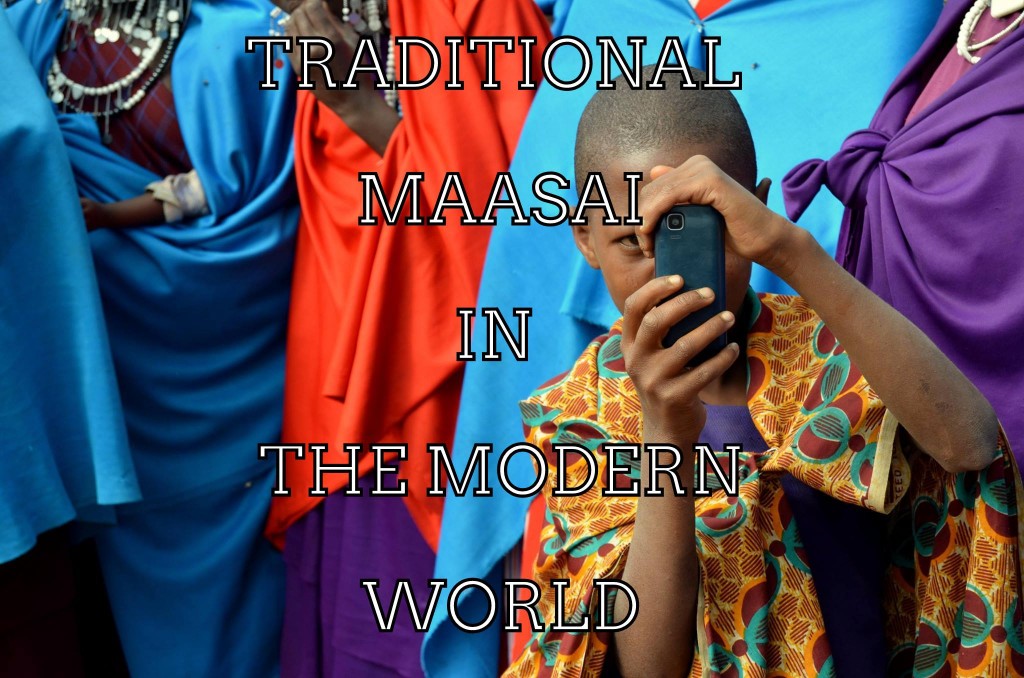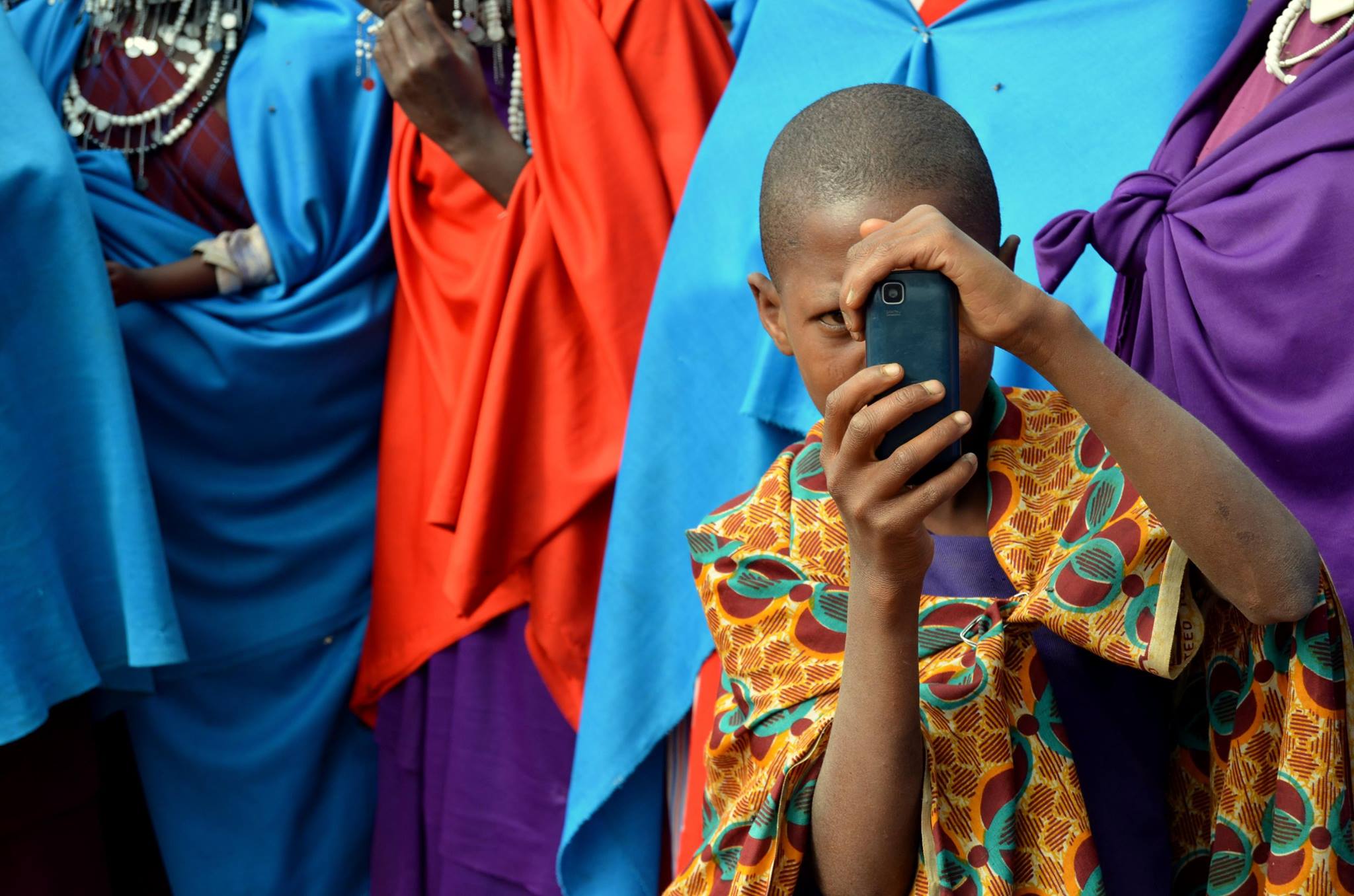Maasai, one of the most famous indigenous tribes of the world, are proud of their traditional life. They will happily tell you everything about it while wearing shoes made of tires and taking photos of you with old Nokia phone.
30-year-old Moses from the Tanzanian district of Kiteto, leads somewhat peaceful life. During the day, he is grazing the cattle his family owns, which is more than 600 pieces. Meanwhile his 15-year-old wife is taking care of the household. Now he has only one spouse but will probably marry more in the future, it is prestige for Maasai men. His first woman was chosen by his father, it is their tradition.
„Father will bring you bride because he knows what is best for you. You say thank you and marry her,“ the Maasai morani, which means warrior, explains. The fact that he is „morani“ can be told by the red robe he is wearing, familiar to tourists from all of the world from numerous billboards along the roads. Exactly those billboards that attract visitors to see the traditional life of the pastoralists, yet they are trying to dissuade the Maasai from living this way.
The Maasai community is gathering for a regular afternoon meeting under the acacia tree, called „umbrella tree“ in Africa. We can hear the cows mooing in the background, the sound of the bells on donkeys‘ necks, we smell the ever so present wild herbs. The chief of the local community takes the lead and starts speaking in the Maa language, making the background sound hard to hear. Otherwise, the place is miraculously quiet. And they should give up this paradise?
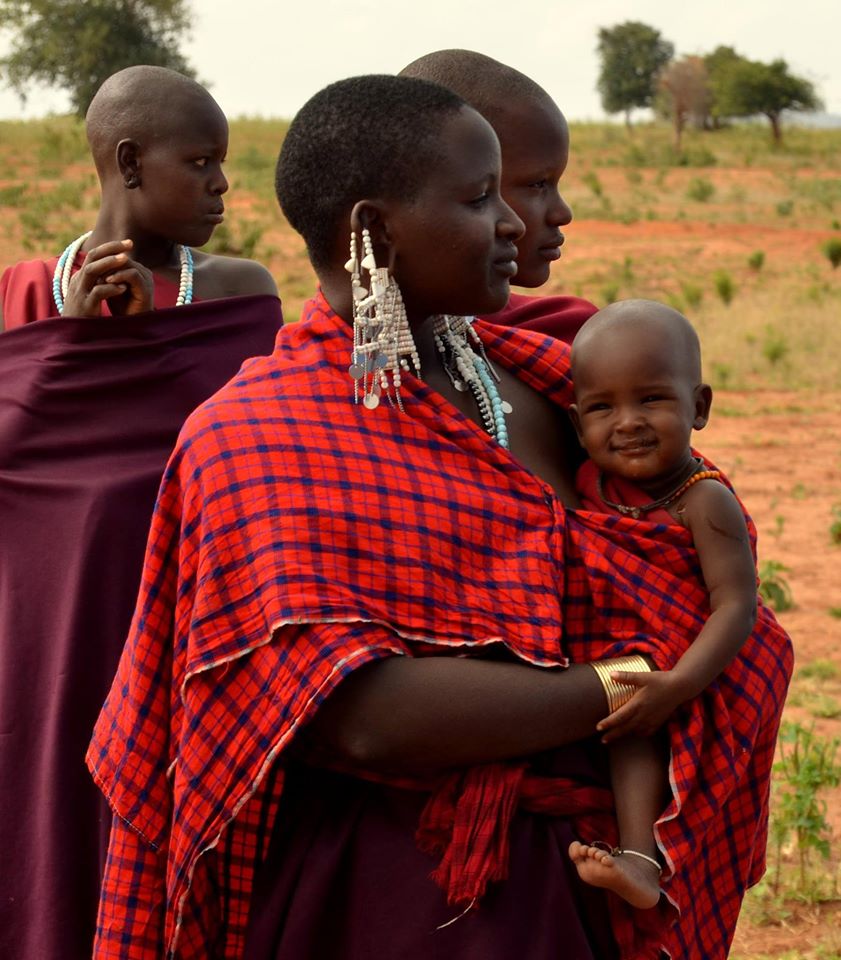
„They will have to,“ Paulo Tunyon from local organization Kinnapa Development Programme explains. The traditional life of the country’s indigenous peoples is being jeopardized by the growing Tanzanian population. The country has almost 51 million inhabitants at the moment and the number has risen by more than million since 2013. More people mean bigger need of the land, used by Maasai for grazing their cattle. But more are also tourists, attracted to see the famous life of the traditional Maasai tribe.
How unbelievable it may sound, the possible influx of tourists to the district of Kiteto is not something the local Maasai could not imagine. „Yes, yes, we want tourists,“ they shout over each other, making it harder for our interpreter to translate. Supposedly, they do not mind the government using their faces as a tourist attraction, they can understand that. However, it has its „buts“. „First we need the government to provide us with basic human rights,“ the local Maasai add.
Tricky is also their enthusiasm about welcoming tourists. These Maasai are not the veteran tribes, living next to the country’s famous national parks, who are adapted to the frequent visits of foreigners. Most of the Maasai in Kiteto have met white people for the first time in their life, like Kooya. „It’s strange that women have hair,“ she is surprised. Maasai women traditionally shave their heads. The more they decorate themselves with beautiful bijouterie, also present on Kooya’s neck. There is a small case as well, hidden between the jewellery, from which the woman takes out mobile phone.
There is something wrong, though. Maasai cannot read, most of them are illiterate. So how does she know which name to choose from the list and who to call? „When someone saves their number, I write „X“ next to it, „XX“ to another person, „XXX“ to the following and so on. Then I remember who is who,“ one of the Maasai man explains. They charge their phones from solar panels, distant usually 5 to 10 kilometres from the village. That is a dedication indeed. However, it is worth is, the cell phones significantly simplify their lives.
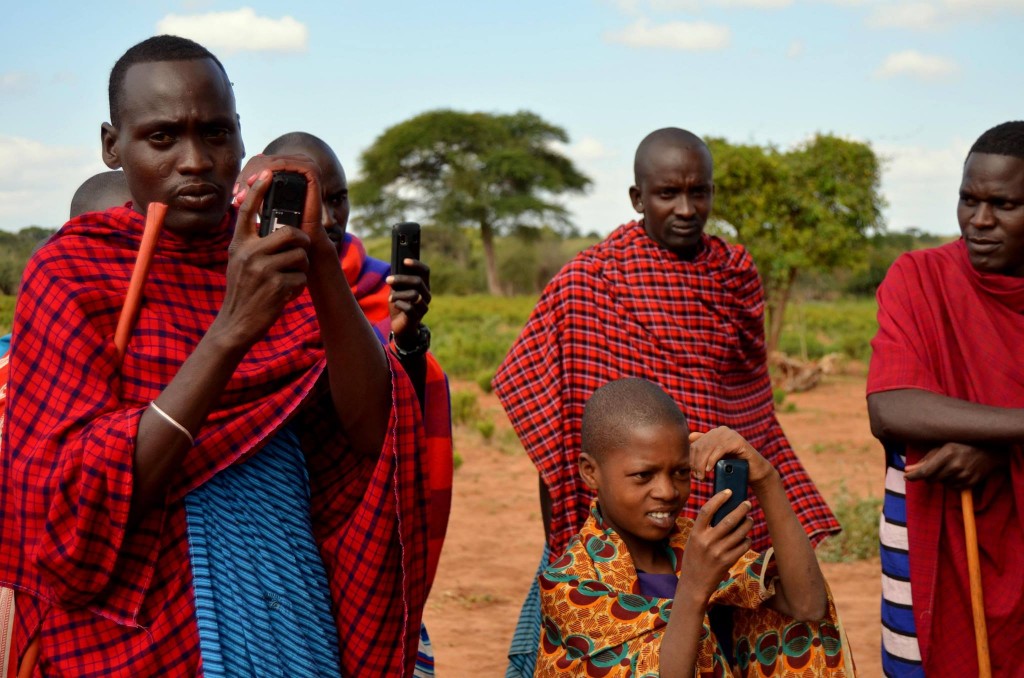
When grazing the cattle, the morani warriors get many kilometres away and when they do not return for a while, their families contact them with a quick phone call. Moreover, the individuals do not have to set off for almost 15 kilometres long walk to the nearest village, just to ask about something. They dial the number and save precious time that they can use for another walks. For example to get water.
„I go every morning to get water, it is about 10 kilometres away from here,“ describes Kooya one part of her daily routine. The 50-year-old woman believes her community will continue to live traditionally. However, she realizes that they need at least one significant change – progress. „We need hospital, closer to the village. And actually better health care. But we will continue to live as Maasai,“ she concludes.
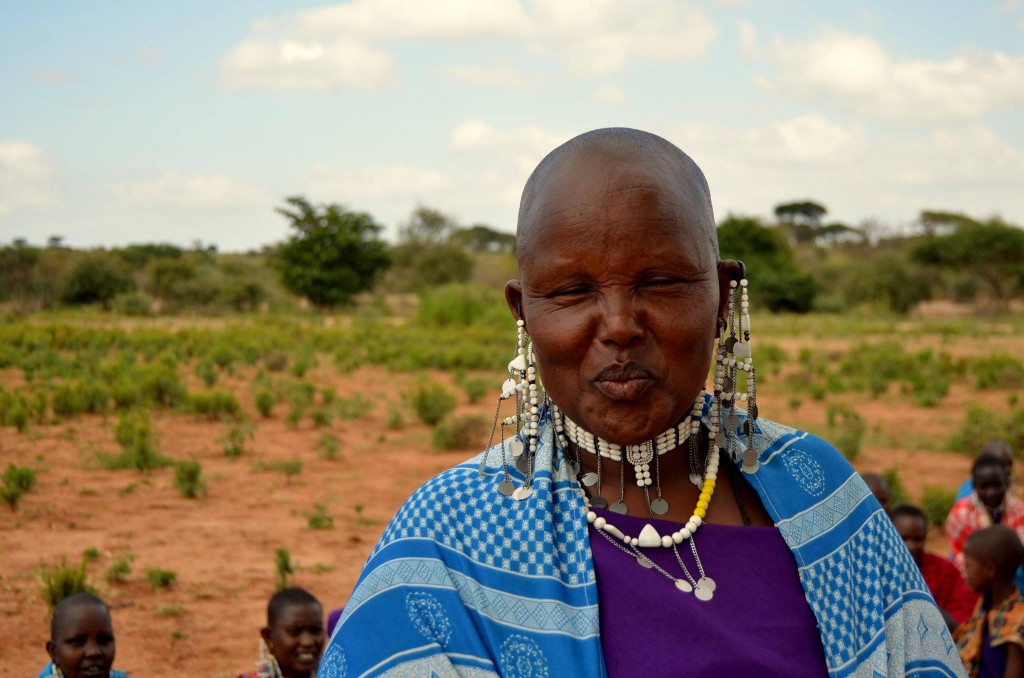
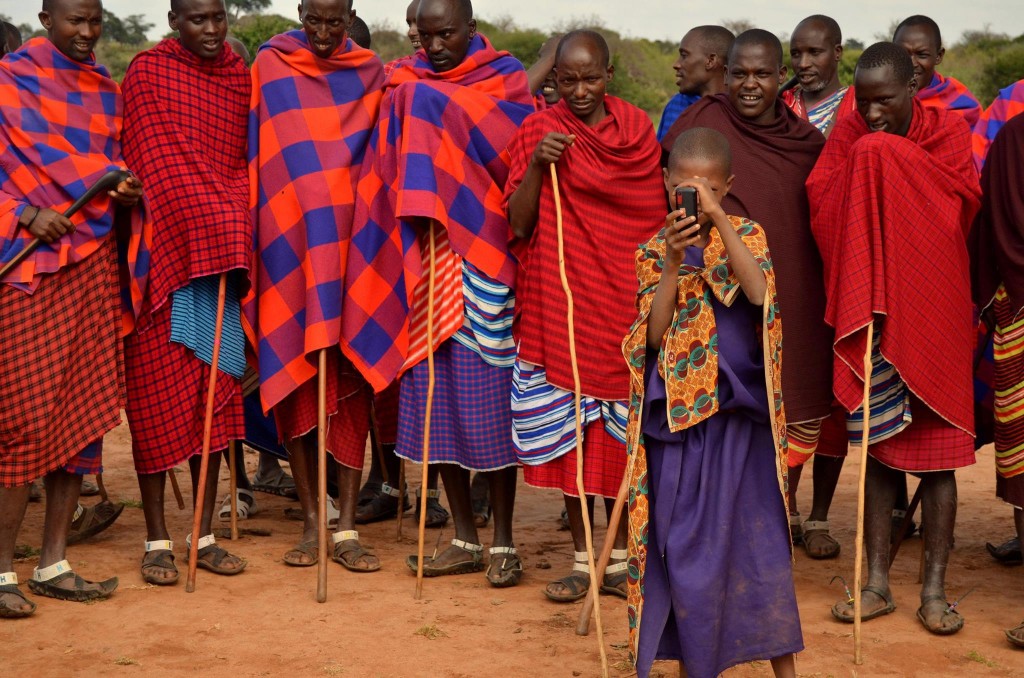
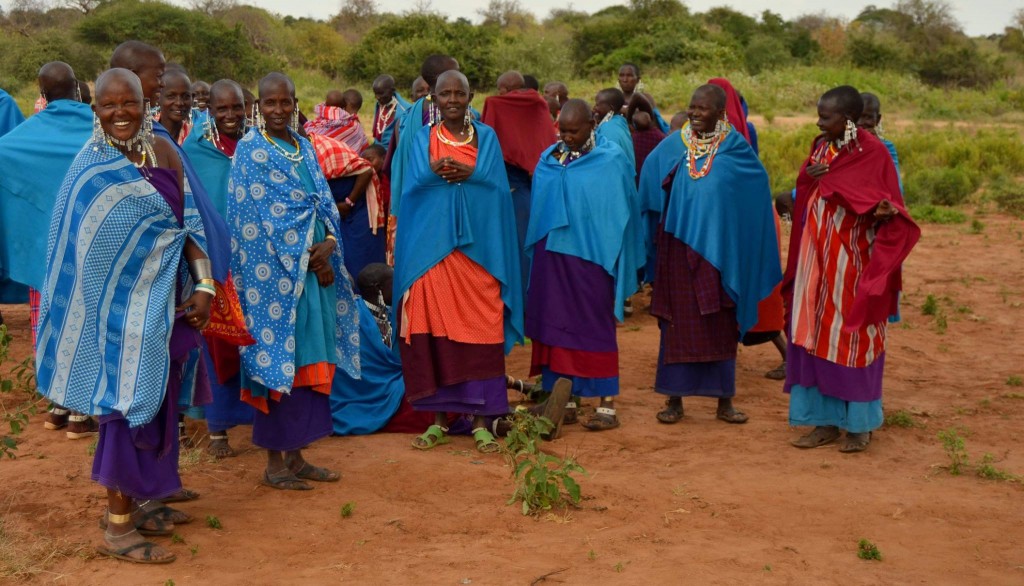
PIN IT! ->
